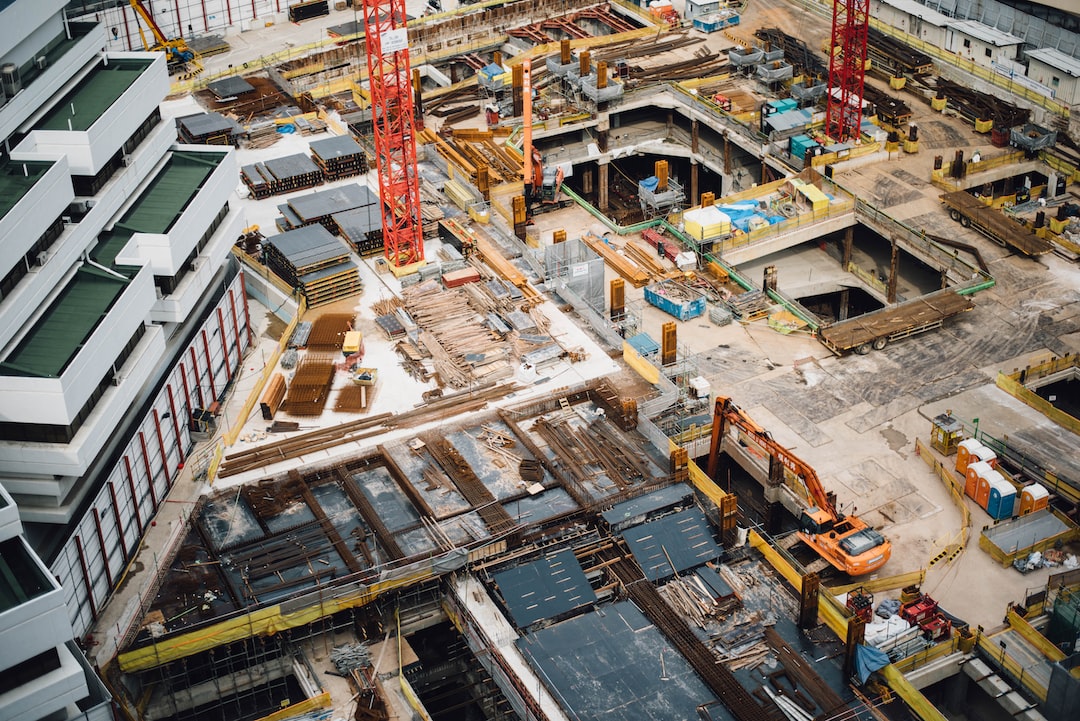Advances in Civil Engineering: Modern Infrastructure Solutions
Civil engineering plays a critical role in shaping the modern world. From designing and constructing bridges and highways to creating sustainable and resilient buildings, civil engineers constantly innovate to provide efficient and effective infrastructure solutions. In recent years, there have been significant advances in civil engineering, driven by technological advancements, sustainability concerns, and the need for resilient infrastructure. In this blog post, we will explore some of the key advances in civil engineering and the impact they have on our society.
One notable advancement in civil engineering is the adoption of Building Information Modeling (BIM) technology. BIM allows engineers, architects, and contractors to collaboratively create and manage digital representations of a building’s physical and functional characteristics. This technology enables improved coordination and communication among project stakeholders, reducing errors and conflicts during the design and construction phases. With BIM, engineers can simulate and analyze different scenarios, optimizing energy efficiency, structural integrity, and construction processes. The widespread adoption of BIM has greatly enhanced the efficiency and accuracy of civil engineering projects, contributing to cost savings and improved project outcomes.
Another significant advance in civil engineering is the development of smart materials. These materials possess unique properties that can respond to external stimuli such as temperature, pressure, and strain. For example, self-healing concrete can repair itself when cracks form, resulting in longer-lasting and more durable infrastructure. Shape memory alloys can change shape when heated, allowing for the creation of adaptive structures that can adjust their configuration to match environmental conditions. The application of smart materials in civil engineering has the potential to revolutionize the design and construction of infrastructure, leading to safer, more resilient, and more sustainable built environments.
Sustainability has become a pressing concern in civil engineering, prompting the adoption of environmentally-friendly practices. One notable trend is the integration of green infrastructure into urban planning. Green roofs, rain gardens, and permeable pavements are examples of green infrastructure that can mitigate the negative impacts of urbanization, such as stormwater runoff and the heat island effect. By incorporating vegetation and natural systems into the built environment, civil engineers can create more sustainable cities that prioritize the well-being of both humans and the natural environment. Additionally, civil engineers are increasingly incorporating renewable energy sources, such as solar and wind, into the design of buildings and infrastructure, reducing their carbon footprint and dependence on fossil fuels.
Resilience has also become a key consideration in civil engineering, especially in the face of climate change and natural disasters. Engineers are developing innovative solutions to increase the resilience of infrastructure to various hazards. For example, earthquake-resistant design techniques have been refined to ensure buildings can withstand strong seismic events. In flood-prone areas, engineers are implementing flood-resistant measures, such as amphibious foundation systems, which allow buildings to float during floods while remaining anchored to the ground during normal conditions. The integration of resilience into civil engineering practices ensures that our infrastructure can adapt and recover from disruptions, minimizing the social and economic impacts of disasters.
In conclusion, advances in civil engineering have revolutionized the design, construction, and management of infrastructure. Technologies like BIM have improved efficiency and collaboration among project stakeholders, while the development of smart materials has introduced new possibilities in structural design. Additionally, the adoption of sustainable and resilient practices addresses pressing environmental concerns and ensures the longevity of our built environment. As civil engineering continues to evolve, it is crucial to embrace these advances and leverage them to create a more sustainable, resilient, and efficient infrastructure for future generations.

